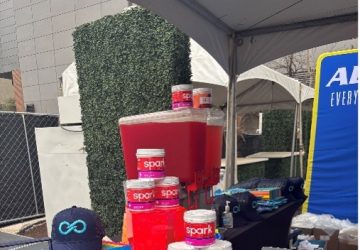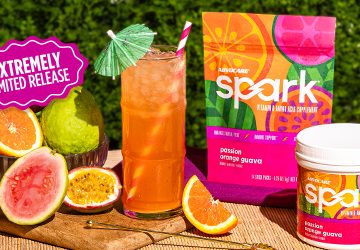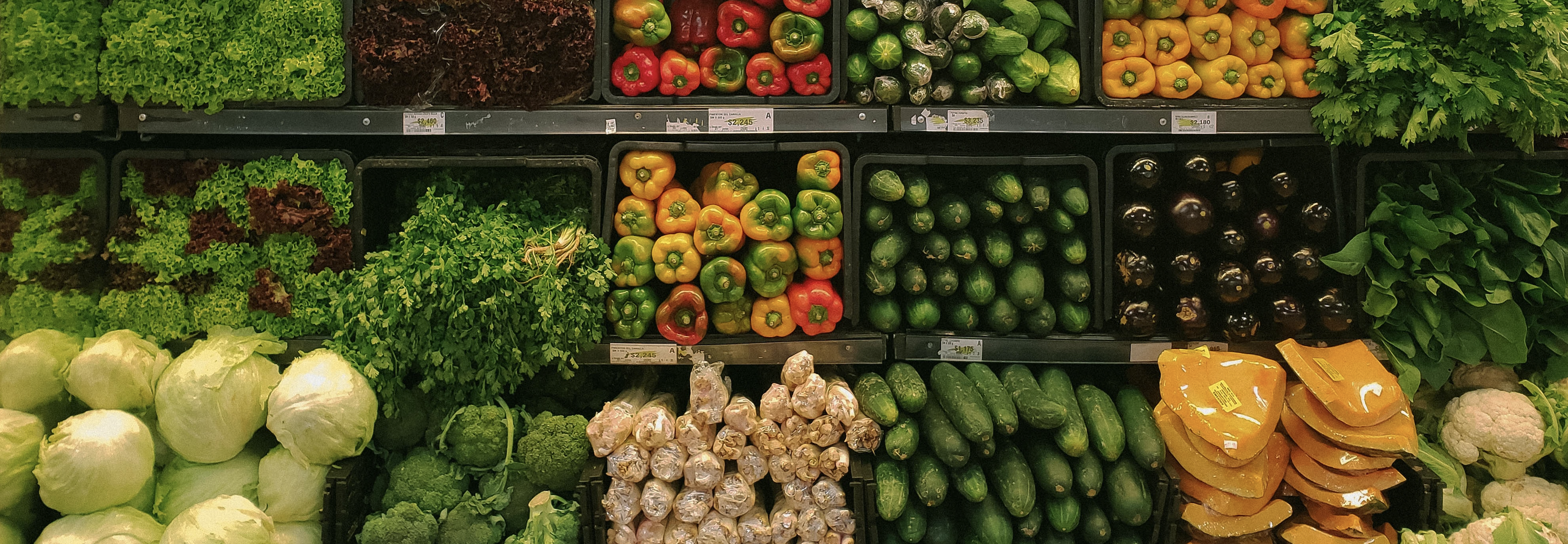This week as part of AdvoCare’s 5 Pillars of Wellness series we’re focused on Nutrition. Additional pillars, resources and giveaways are found here, and download the entire 24-Day JumpStart® Transformation Guide PDF here.
Do you have a case of the grocery shopping blues?
The COVID-19 crisis has made grocery shopping a challenge. Some found it frustrating trying to lay out a meal plan while going down the aisles BEFORE having to also think about items being out of stock and social distancing, so the current situation has made grocery planning even more important! Making a list and “shopping the perimeter” of the store can really help to increase the nutrient value of the foods you choose and reduce the amount of time you spend wandering the aisles.
The Plan of Attack
Think about the layout of your local grocery store. As you will probably notice, most of the “healthier”, whole food choices are found along the outer walls. The fresh produce, seafood, meat, dairy and maybe even grains are usually located there. These foods tend to be in their whole, unprocessed form and thus more nutrient-rich. A “nutrient-rich food” is one that is chock-full of vitamins and minerals, as well as other things like fiber and protein, and is less likely to have added sugars or fat. Focus your time along the store’s perimeter and it’s pretty likely you will make healthier choices.
While there are many processed foods in between the aisles, there are also nutrient-rich choices as well. Foods like whole grain pasta, brown rice, oatmeal, quinoa and 100% whole wheat crackers and breads are located on the shelves. Other plant-based foods like beans, lentils, nuts, nut butters, and seeds are found here too.
While you should be directing lots of your attention to the perimeter, here are some tips for shopping the aisles:
- When examining whole grains, look for foods that have 3-5 grams of fiber (or more) per serving. Fiber helps supports digestive health, as well as heart health, and is a vital component to your everyday diet!
- When purchasing nuts, seeds, canned vegetables and pre-made pasta or rice dishes, look for choices that are lower in sodium. The goal is to eat a total of 2300 mg sodium or less per day.
- When choosing condiments like salad dressings and spreads, look for options that are not cream based as these typically have more fat and saturated fat than other options.
- When looking at frozen vegetables, look for steam-in-the-bag and those without creamy sauces. Some seasonings and sauces can be okay, but be sure to evaluate the nutrition facts label for added fat and sodium.
- Always look at the nutrition facts label and ingredient list to make your decision as marketing claims on the front of packages can be misleading and often confusing.
5 Tips to Streamline Your Shopping Experience
- Plan meals and make a list. Try to plan for a set amount of time (one week usually works well) and make a list of all the ingredients you will need to make meals and snacks for your family during that time. Don’t forget to take “inventory” of what you already have in your pantry, refrigerator and freezer first! This helps prevent constant trips to the store and overspending.
- Group items on your shopping list. Categorize your shopping list by areas you would find things in the grocery store. For example, list all dairy, frozen foods, fresh produce, a whole grains, etc. by group. You are much less likely to run back and forth because of a forgotten food on your list if everything is listed together.
- Don’t go shopping on an empty stomach. You are more likely to buy things you don’t need if you are hungry as you browse the aisles of the store. This typically isn’t good for your health or your wallet as you end up with foods you may not actually need.
- Don’t “browse” the aisles. Grazing through the store will most likely cause less healthy foods to sneak their way into the shopping cart. Stick to your shopping list as much as possible.
- Look for less ingredients. Choosing foods with a shorter ingredient list usually means they are less processed. So, as you go down the aisles, take a look at the food label and check out the ingredient list. Remember, less is often more!

Amy Goodson
Amy Goodson, MS, RD, CSSD, LD is a registered dietitian, a Certified Specialist in Sports Dietetics, and a paid contributor to the AdvoCare blog. She focuses on overall health, wellness and sports nutrition. Amy has worked with the Dallas Cowboys, Texas Rangers, TCU Athletics, Ben Hogan Sports Medicine and more. She is a co-author of Swim, Bike, Run, Eat and nutrition contributor to retired NFL Player Donald Driver’s book, The 3-D Body Revolution. She is a writer for Women’s Running Magazine and is the owner of RD Career Jump Start, a business designed to help dietetic students, interns and new registered dietitians determine and take the steps necessary to reach their dream career.
With a bachelor’s degree in communications and a master’s degree in exercise and sports nutrition, Amy is passionate about marrying the two to provide quality, science-based nutrition information through speaking, media, writing and consulting. Amy consults for various companies, food brands and organizations and serves as a media dietitian for RDTV where she does food and nutrition TV segments nation-wide. Amy has over 600 media placements in a variety of TV, radio and print outlets.





